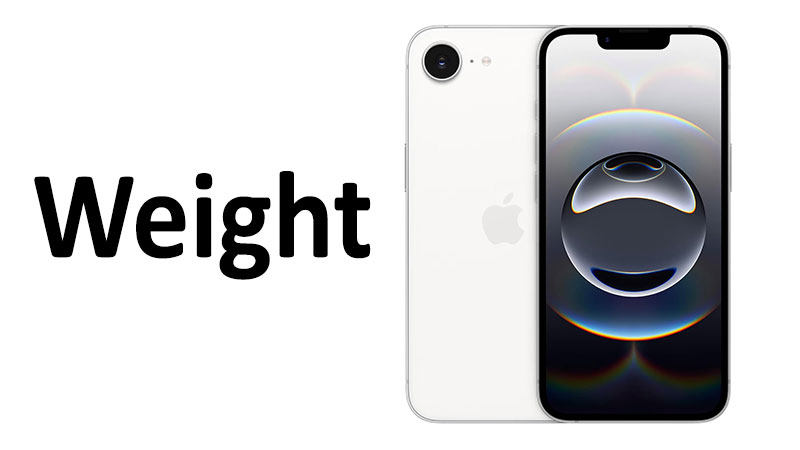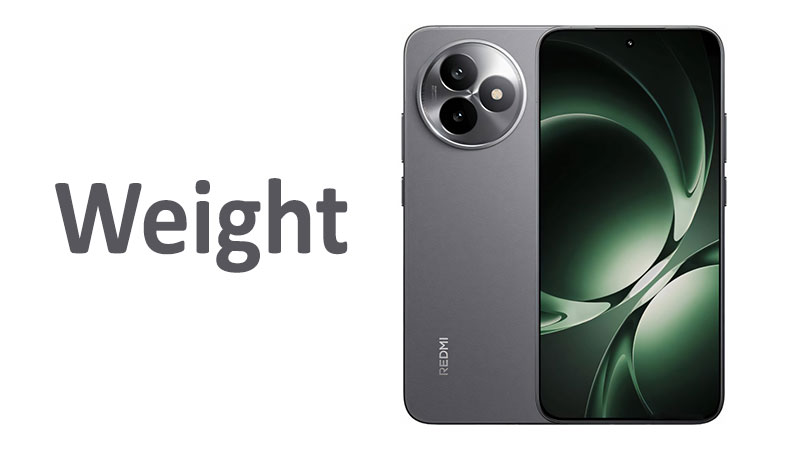The weight of a smartphone is a critical factor in a consumer’s decision-making process. It directly impacts the device’s feel in hand and its overall portability. The Apple iPhone 16e, a new entry-level model, has garnered significant attention for its design and features. A key aspect of its design is the Apple iPhone 16e weight, measured at 167 grams (5.89 ounces). This specification is not just a number. It is a defining characteristic that influences comfort, durability, and user experience. Understanding this weight is essential for anyone considering a new iPhone.
This article will provide a comprehensive look at the Apple iPhone 16e weight. We will compare it to previous models and competitors. We will also analyze the pros and cons of its weight. Our goal is to give you all the information you need to make an informed choice. The iPhone 16e is designed to be a lightweight option. This makes it a great choice for many users.
A Detailed Review of the Apple iPhone 16e’s Weight
The Apple iPhone 16e weighs a mere 167 grams (5.89 ounces). This places it among the lighter smartphones on the market. This low weight is a deliberate design choice by Apple. It focuses on creating a phone that is easy to hold and carry. This is a significant advantage in a market where many flagship phones are becoming heavier.
The light weight of the iPhone 16e is a result of several factors. Apple has used an aluminum frame. This is a lighter material compared to the stainless steel used in Pro models. The phone also has a glass back and a Ceramic Shield front. These materials are durable but also contribute to the overall weight. The internal components, including the battery and camera module, are also optimized for a lighter build.
Specialized Comparisons
To truly appreciate the Apple iPhone 16e weight, we need to compare it to other phones. Let’s start with its predecessor, the iPhone 15. The iPhone 15 weighs 171 grams (6.02 ounces). This means the iPhone 16e is slightly lighter. This difference, while small, can be felt in hand. The lighter feel makes the iPhone 16e feel more nimble and comfortable.
Comparing the iPhone 16e to its more premium sibling, the iPhone 16 Pro, is also insightful. The iPhone 16 Pro, with its titanium frame and advanced camera system, weighs more. The iPhone 16 Pro weighs 187 grams (6.60 ounces). This is a noticeable difference. The iPhone 16e is 20 grams lighter. This makes it a better choice for users who prioritize a light, pocketable phone.
Looking at competitors, the Samsung Galaxy S24 weighs 167 grams. This puts it in direct competition with the iPhone 16e in terms of weight. Both phones are designed for a comfortable, one-handed experience. This shows that lightweight design is a priority for leading smartphone makers. The Google Pixel 8, on the other hand, weighs 187 grams. The iPhone 16e is significantly lighter than the Pixel 8.
Pros and Cons of the iPhone 16e’s Weight
There are several advantages to the iPhone 16e’s light weight.
Pros:
- Comfort and Ergonomics: A lighter phone is easier to hold for long periods. This is great for reading, gaming, or watching videos. It reduces hand fatigue.
- Portability: The iPhone 16e is easy to carry in a pocket or a small bag. It won’t weigh you down.
- Perceived Durability: While some associate weight with quality, a lighter phone can be less prone to damage from drops. It has less momentum when it falls.
However, there are also some potential drawbacks.
Cons:
- Premium Feel: Some people associate a heavier phone with a more premium, “solid” feel. The iPhone 16e might feel less substantial to these users.
- Components: The lighter weight might be a result of using a smaller battery or less advanced camera components. The iPhone 16e has a great battery life. It also has a powerful camera system. But it lacks some of the features of the heavier Pro models. For example, it does not have a telephoto lens or a ProMotion display.
Important Points for Buyers
When considering the Apple iPhone 16e weight, there are a few key points to remember. The weight of 167 g is a balanced choice. It offers excellent comfort without sacrificing key features. The phone has a 6.1-inch screen, which is a popular size. Its lightweight design makes it feel smaller and more manageable.
The materials used are high-quality. The aluminum frame is durable. The Ceramic Shield front provides excellent drop protection. The glass back gives it a sleek, modern look. The weight of the iPhone 16e is a testament to Apple’s engineering. They have managed to pack powerful technology into a lightweight body. This is a significant achievement.
The Apple iPhone 16e is for a specific type of user. It’s for someone who wants the core iPhone experience without the extra bulk. It is for a person who values portability and comfort. This is a phone you can use all day. It will not be a burden on your hand or your pocket.
Conclusion
The Apple iPhone 16e weight is a key selling point. At 167 grams (5.89 ounces), it is a lightweight and comfortable device. This weight gives it an edge in portability and ergonomics. The phone is lighter than its predecessor, the iPhone 15, and its more powerful sibling, the iPhone 16 Pro. It is on par with competitors like the Samsung Galaxy S24.
The light weight is a result of smart design and material choices. It does not compromise the phone’s performance or features. The iPhone 16e is a great choice for those who want a powerful but comfortable phone. It is a perfect blend of modern technology and a user-friendly design. It proves that you don’t need a heavy phone for a premium experience. The Apple iPhone 16e is a testament to this philosophy. It’s a phone that’s easy to live with every day.
FAQ
How much does the Apple iPhone 16e weigh?
The Apple iPhone 16e weighs 167 g (5.89 oz).16
Is the iPhone 16e lighter than the iPhone 15?
Yes, the iPhone 16e is slightly lighter than the iPhone 15, which weighs 171 g.
Does the weight of the iPhone 16e affect its durability?
A lighter phone can be less prone to damage from drops. It has less force when it hits the ground.
What materials are used to achieve the iPhone 16e’s weight?
The iPhone 16e uses a lightweight aluminum frame and a glass back. It also has a Ceramic Shield front.
Is the iPhone 16e’s weight a pro or a con?
The weight is generally considered a pro. It improves comfort and portability. Some people, however, may prefer a heavier phone for a more premium feel.



